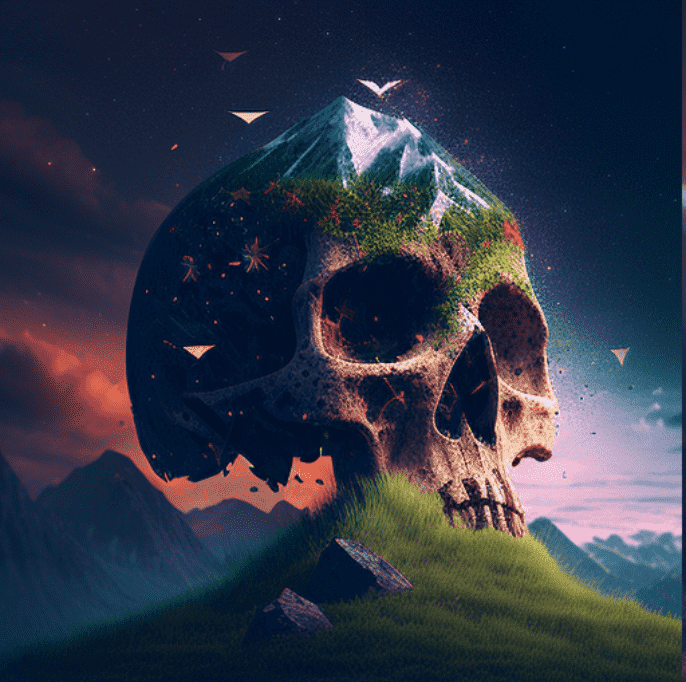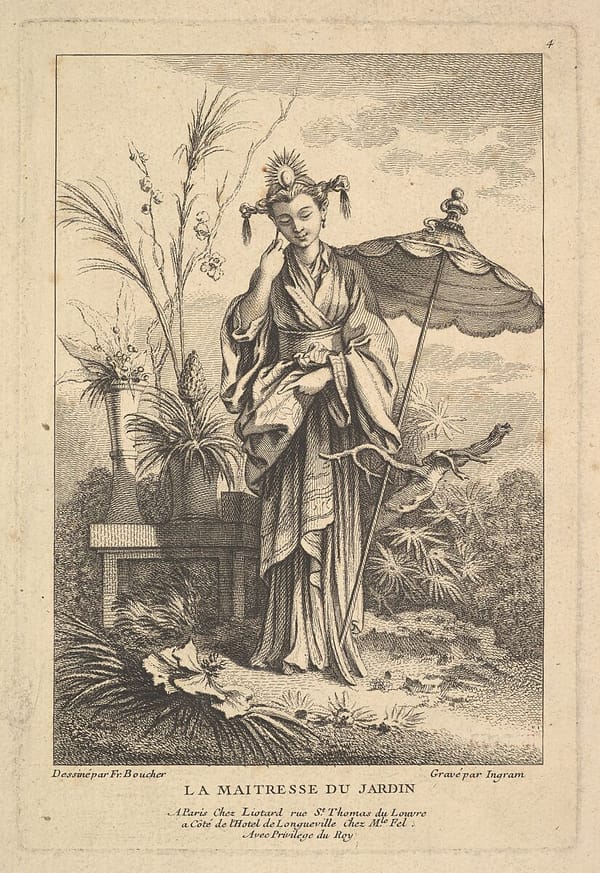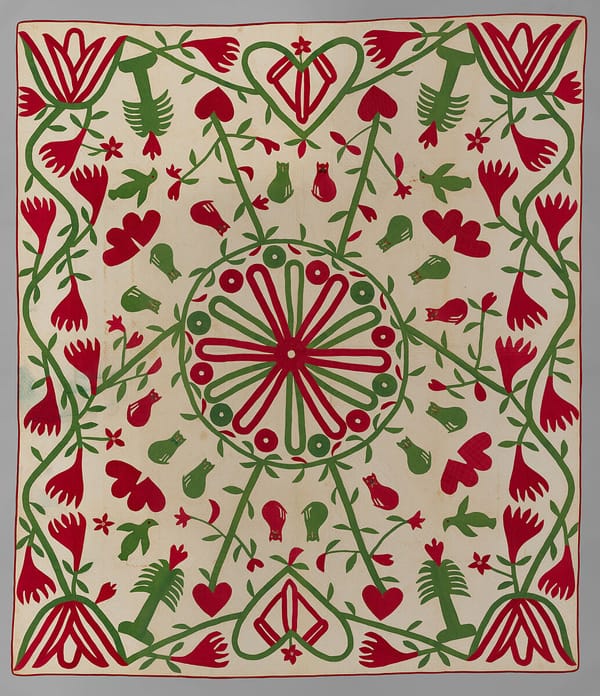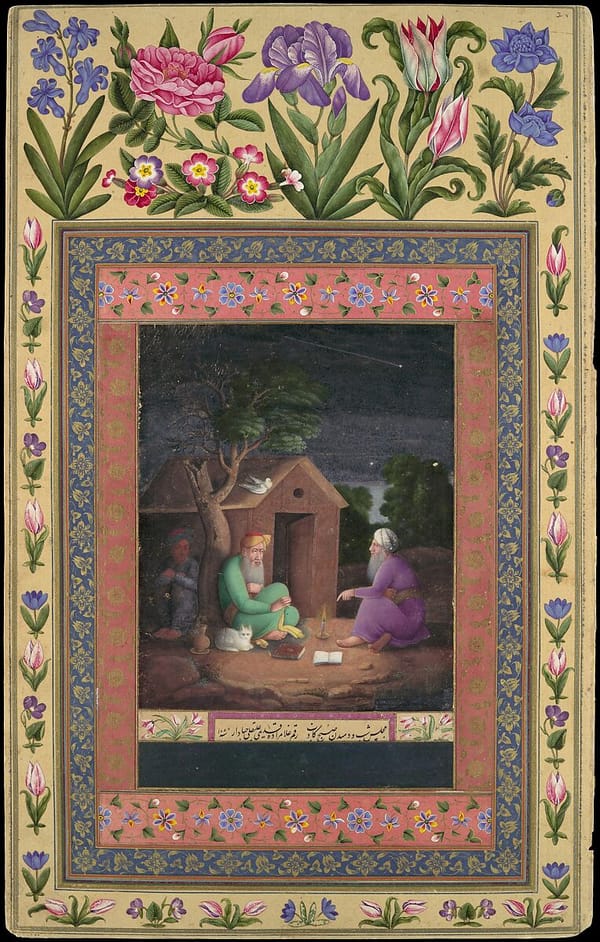World Building in Obsidian
I am exploring the art of world building in Obsidian, taking inspiration from Hunter X Hunter and Game of Thrones. I am learning that world building is made up of parts which can be linked together by backlinks and surfacing to create interesting callbacks and payoffs.

Disclaimer: I've never built a fictional world in Obsidian. Just in case this post reads as too precise or anything, wanted to let it be known I am a novice. Though I do hope one day soon to produce some fiction of my own!
To discuss the art of world building in the Obsidian software, I'd like to point out some of my inspirations for world building.
Hunter X Hunter World-building
My favorite world building story is Hunter x Hunter. The world and its characters are so vibrant and have so much depth, with payoff for some small character details coming many arcs after their introduction. The world itself feels like the main character of the show, and the line of villain/protagonist gets blurred in every arc.
Togashi is a master crafter of creating a veneer of simplicity and then subverting it in a way that feels entirely natural.
The world is so detailed in fact, that when Gon is forced to come to terms with his misconceptions, it causes an intense mental breakdown 202301092316.
Game of Thrones World-Building
GRRM has also discussed his writing style in interview and how he develops his characters.
The human heart in conflict with itself is the only thing worth writing about.
From this we can deduce that conflict from a character node should cause ripple effects in its neighbors, disrupting the peace.
The Real World
The real world is amazingly crafted as a story too. Herman Hesse puts it best in Siddhartha, while Siddhartha sits next to the river in reflection and discovers the connection of it all: ^f88637. The real world has real rules (physics), real magic (science), and real character development against an indomitable foe (natural selection),[1] as errors are corrected out of the system.
Induction, instrumentalism and even Lamarckism all make the same mistake: they expect explanationless progress. They expect knowledge to be created by fiat with few errors, and not by a process of variation and selection that is making a continual stream of errors and correcting them. (Location 3613)
Emulating Togashi and GRRM with Obsidian Tools
The whole is made up of parts. All stories start with atomic elements, such as a character name or a glimpse of a location, which can be stored as Zettels.
Parts can be linked together by backlinks, allowing the creation of comprehensive arcs by putting atomic notes in collection files, also known as Maps of Content.
Surfacing old notes can create interesting callbacks and payoffs, making the world seem much more well thought out and comprehensive when using Obsidian tools to emulate the writing style of Togashi and GRRM.
AI Generated Read Next
- Similar: Is Obsidian Publish a Good Venue? Is Twitter? - 202301240135
- Clever: Why I Use the Head of Leda Everywhere - 202302092343
- Chaotic: When Buying Bread in the Grocery Store - 202301032252
The Beginning of Infinity does a great dive into natural selection




